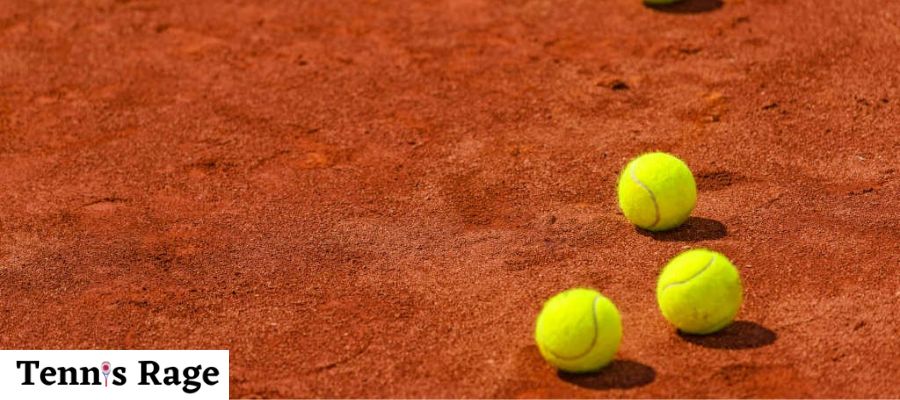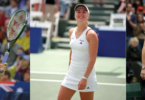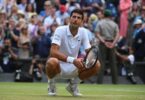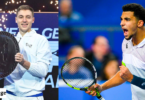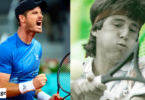This is the first in a series of articles on the different types of tennis court surfaces. Tennis matches are played throughout the year on several types of surfaces, including hard, clay, and grass courts. Only 8 of this year’s 64 ATP tournaments take place on grass, all of which take place in June and July.
The beginning and end of the tennis season are played primarily on hard surfaces. For a good part of the Spring, players battle on clay.
In fact, every ATP tournament in April and May is played on clay, culminating with the French Open at Roland Garros which begins this year on May 28th. There is also a clay court swing which takes place in South America in February.

Credit: Igor Stevanovic / Alamy Stock Photo
Fun Fact: Did you know that the U.S. Open was played on clay from 1975-1977? It is true!
Types of Clay Courts And Geography
Clay courts are much more common in Continental Europe and Latin America than in other parts of the world. There are two main types of this surface. Most tournaments are played on red clay.
Less often, players compete on “rubico” or green clay, which is harder than red clay. Clay courts are cheaper to build, but the maintenance costs are high because the clay has to be regularly maintained.
Red Clay
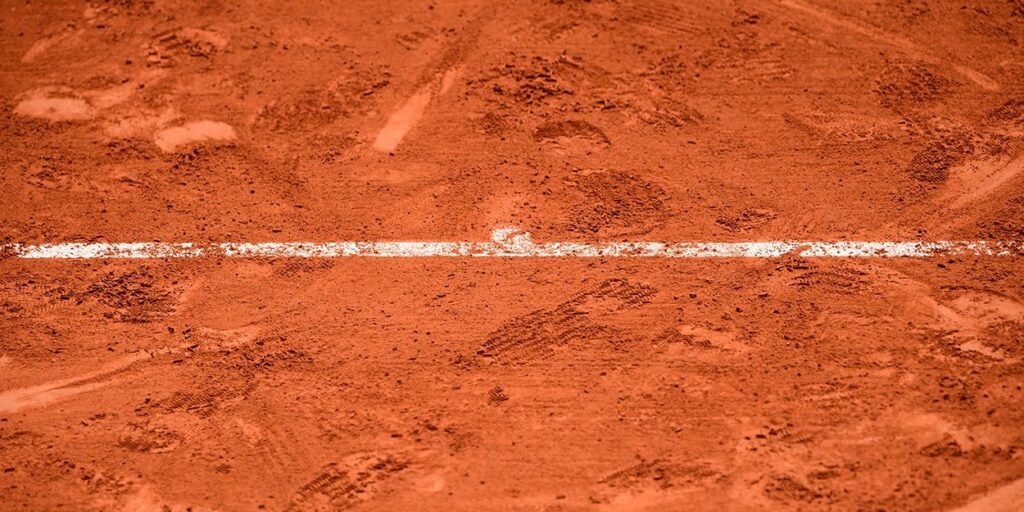
The red clay courts are not made of actual clay, but of crushed bricks. This type of courts is most often seen in Europe and Latin America. The color of the clay varies from the composition of the bricks from which the court was built. Shades range from light yellow to dark red, but most often we encounter orange clay.
At Roland Garros, the most famous red clay courts, the court actually has 5 layers, with only approximately 2 millimeters of red clay on top. The 5 layers are as follows:
- Red clay – 1-2 millimeters
- 6-7 centimeters of crushed white limestone
- 7-8 centimeters of coal residue
- At least 30 centimeters of crushed gravel
- Stones
It looks like this:
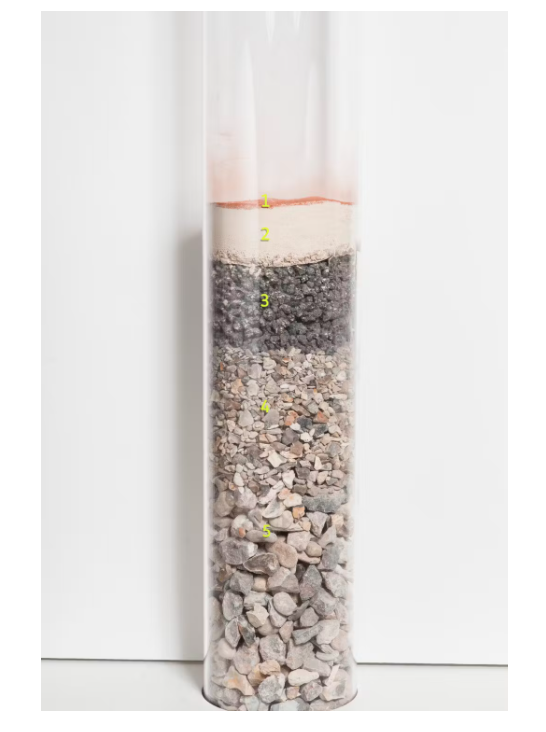
I had the wonderful opportunity to play on red clay in Lima, Peru at the Lima Polo Club. It definitely took me a while to get used to the higher and more unpredictable ball bounce. I loved it.
Most of the tennis players I met there only play on clay, which is so interesting because in Los Angeles we only play on hard courts.
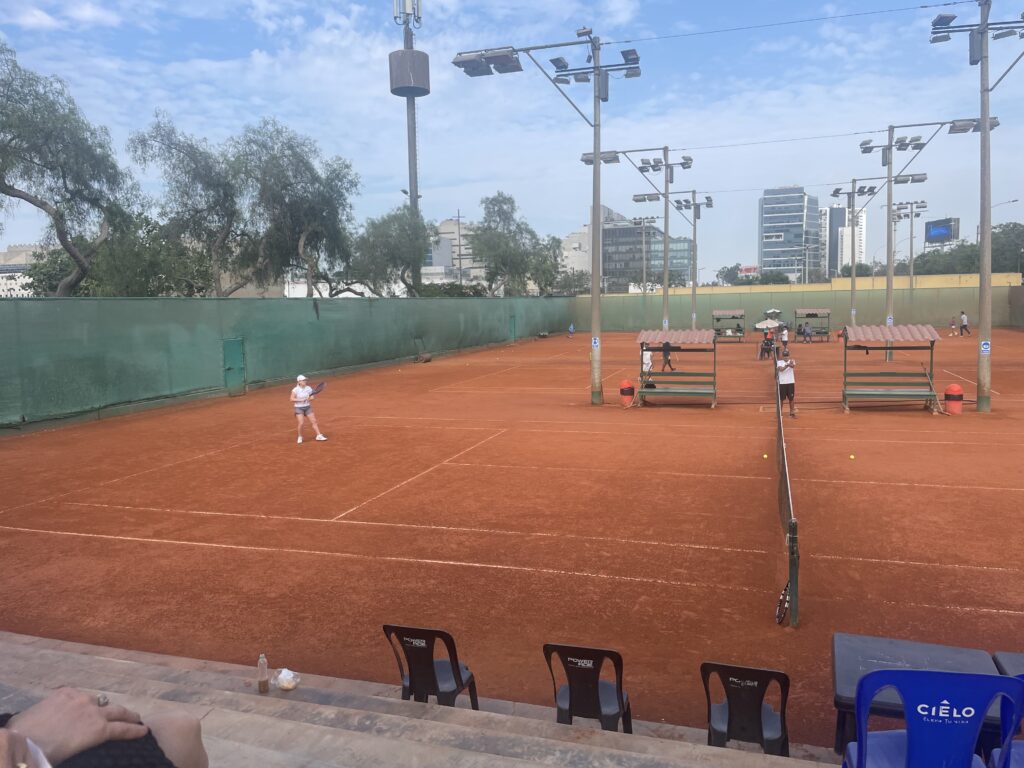
An interesting fact about red clay courts in the United States is that in South Florida, there are only a few red clay courts, including one in Boca Raton. This court is in high demand each April due to the fact that the Miami Open immediately precedes the beginning the European clay court season.
Because of this, players often want to practice on red clay courts before traveling to Europe. This year, Taylor Fritz practiced at the red clay court in Boca Raton in early April.
There is a variant of red clay known as “en tut cas” which has a rougher top layer designed to improve drainage. This allows the clay to absorb more water and makes it easier to play in wet conditions. Natural clay, on the other hand, is rarely used because it absorbs water poorly and takes a long time to dry.
One of the few natural clay courts can be seen in Pittsburgh, where that type of surface has been used for almost a century.
Green Clay
The other type of clay, which is more popular in the United States, is green clay. Har-Tru is the leading brand of green clay. It is made from crushed metabalsate, which is a green rock found in the Blue Ridge Mountains of Virginia.

This type of surface is harder and faster than red clay but slower than hard courts. Har-Tru courts are found throughout the United States, especially in Florida. Har-Tru, like red clay, dries quickly and is easier on the knees and body.
For this reason, combined with the fact that it is a slow surface, older people often prefer to play on Har-Tru. The Charleston Open on the WTA circuit is played on Har-Tru courts.
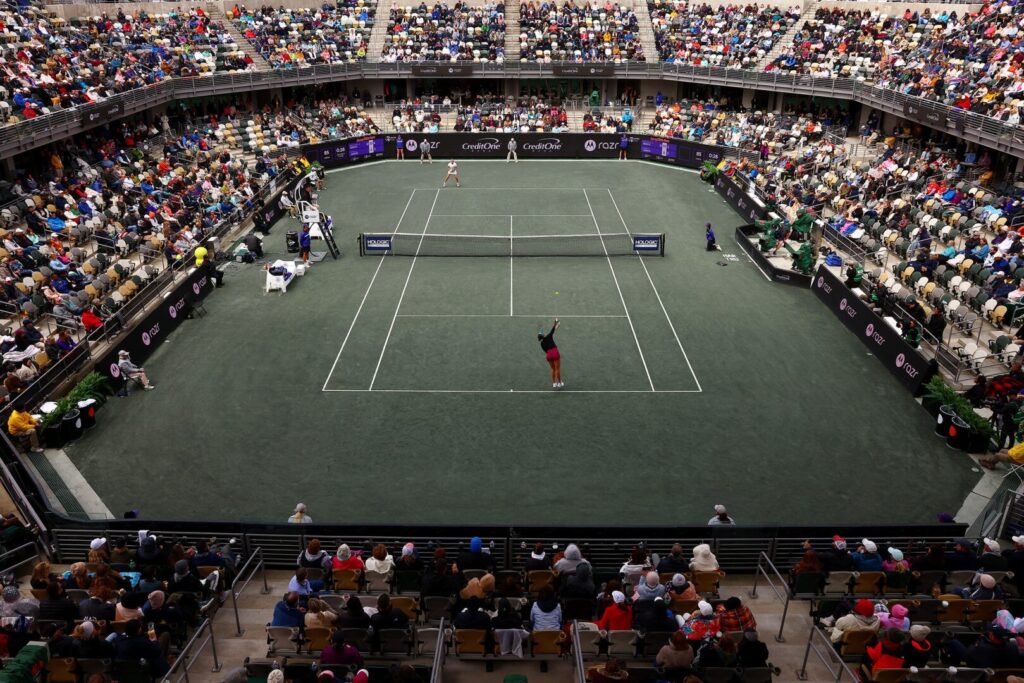
Credit: 2023 Kately Mulcahy
The US Men’s Clay Court Championship is also played on Har-Tru but this tournament uses a variety of Har-Tru called American Red Clay.
Features Of Clay Courts
Tennis Balls bounce more slowly on clay courts due to the court being softer than both grass and hard courts. This is why clay courts are considered slow.
Accordingly, points on clay can often last a long time with lengthy rallies. This surface favors players who force play from the baseline and those who are good defenders. The ball also bounces differently with every shot due to the indentations on the clay. An integral part of the clay game is the ability to slide into shots.
Most players in the U.S. favor the faster hard courts, in part because they did not grow up playing on clay. Players who specialize in clay, such as Rafael Nadal, have a big advantage on the surface.
These players, who must be incredibly fit due to the longer matches on clay, often have a problem adapting to other surfaces. To overcome their rivals, clay players use a lot of spin, particularly topspin, when hitting the ball.
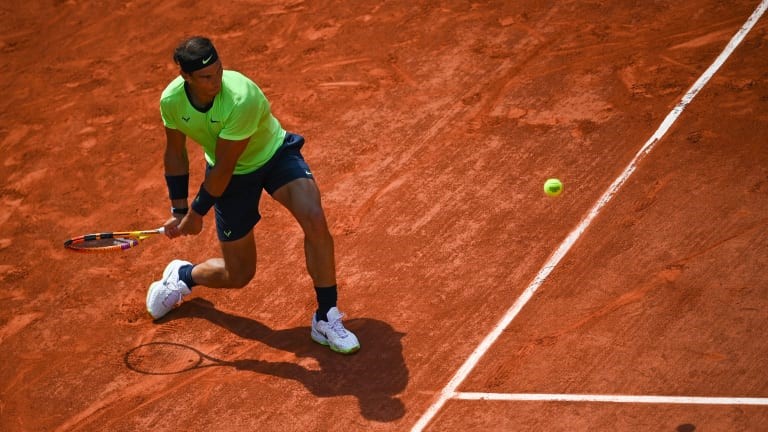
Another unique feature of this surface is reflected in the fact that the ball leaves a mark. This fact makes it much easier for judges to do their job correctly and without mistakes. In matches, it is not uncommon to see the chair umpire walking over to a line to see the indentation to confirm if the ball was in or out.
An advantage of clay is that matches are not interrupted when there is light rain. Clay courts are designed for such situations. Clay absorbs water much better than other surfaces. That is why matches on hard and grass surfaces are stopped almost immediately after the rain starts to fall.
Clay-Court Specialists
Players who specialize in clay play much better on it than on other courts. One of them is certainly Rafael Nadal, who justifiably carries the nickname “The King of Clay”. During his career so far, Rafa has won 92 titles, 63 of which were won on clay courts.
Nadal has won the French Open a record 14 times. Tennis players like Rafa hit the ball with a lot of topspin because that style favors this type of surface where the ball bounces very high.

On clay, players are also more inclined to use drop-shots, which are an excellent option for breaking long rallies.
In addition to Nadal, there have been other clay court specialists, such as former world number #1s, Gustavo Kuerten, Carlos Moya, Juan Carlos Ferrero. Other clay court specialists include Michael Chang, Yannick Noah, Sergi Bruguera and Gaston Gaudio.
Among the women, Monica Seles and Justine Henin were both very successful on clay courts, with each winning three French Open titles. Chris Evert is considered the greatest woman to ever play on clay. She won an astonishing 125 consecutive matches on clay between August 1973 to May 1979. This is the record for the most consecutive unbeaten matches on clay.
Roland Garros And Other Clay Tournaments
Tournaments played on clay take up much more space on the calendar than tournaments played on grass. Just as Wimbledon is synonymous with grass, Roland Garros is the most prestigious tournament played on clay. Every year, in May, the best players in the world compete on the clay of Paris in a tournament named after the former French pilot.
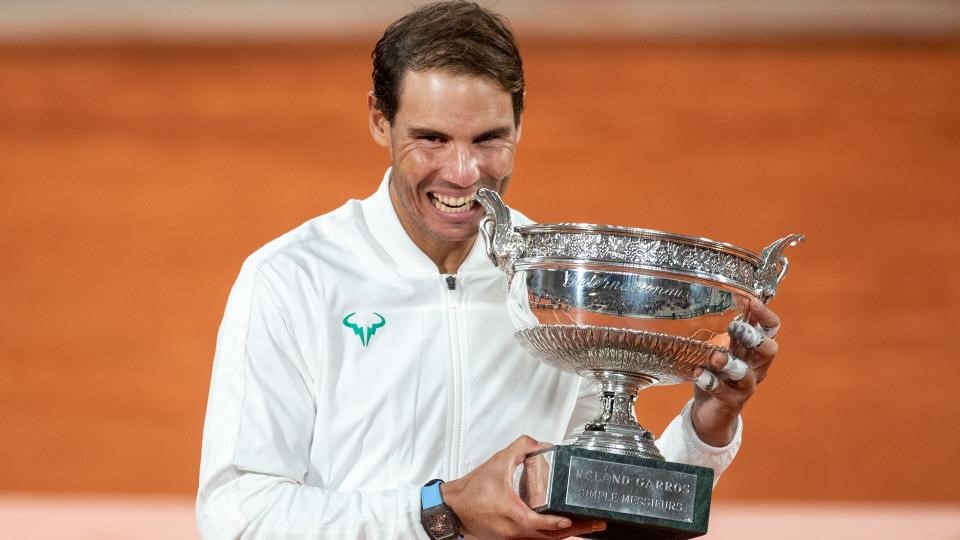
In addition to Roland Garros, several other quality tournaments are played in Europe, such as the ATP 1000 Masters in Monte Carlo, Madrid, and Rome. The French Open ends the European clay court season.
ATP tournaments are also played in South America, including in Cordoba and Buenos Aires in Argentina, Rio and Chile. The ATP U.S. Men’s Clay Court Championship takes place in Houston, Texas.

